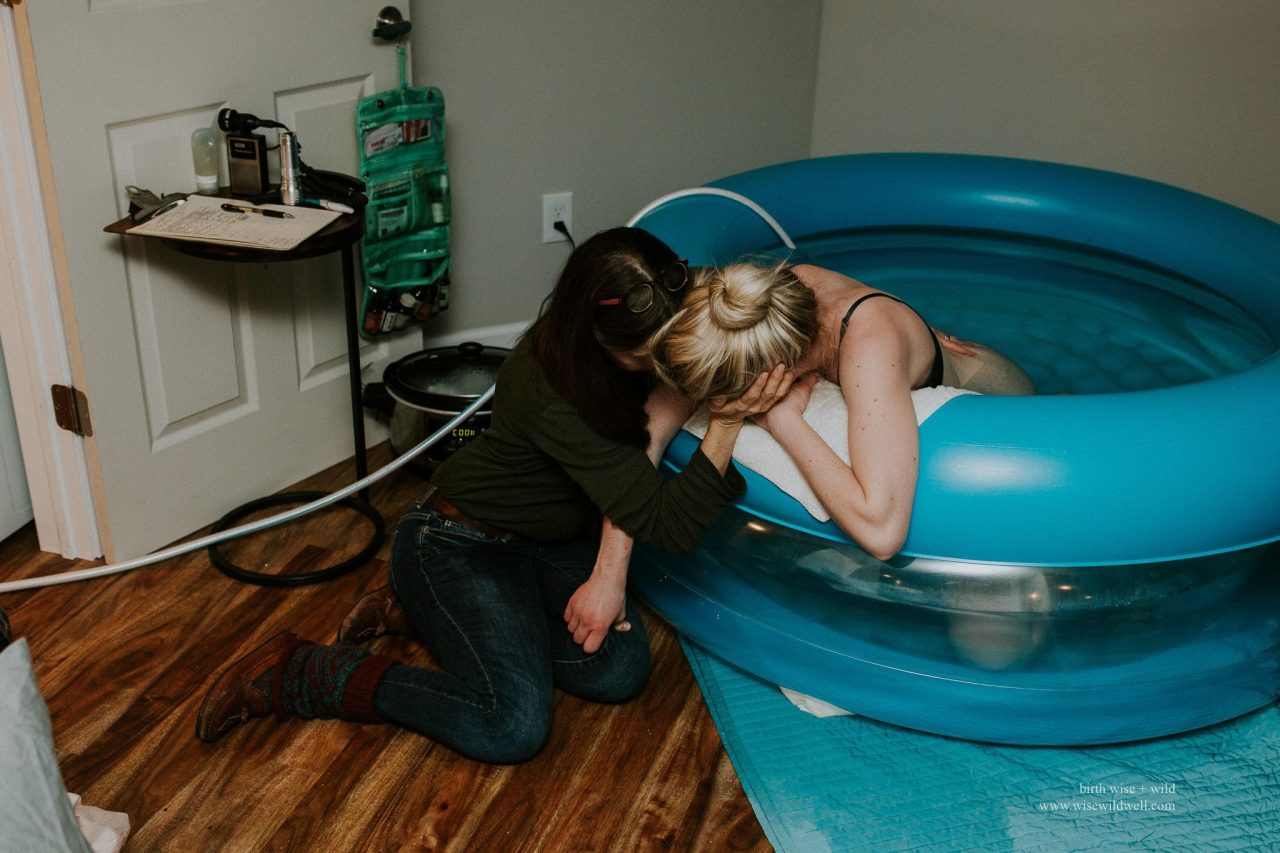An infant’s brain develops best when they get enough sleep, yet most parents can relate to the struggle of getting their infant to sleep through the night.

Image: Shutterstock
Even if they fall asleep after hours of feeding and rocking, they might wake up multiple times during the night, which means darker under-eye circles for the parents. So how do you instill a healthy sleeping routine in your infants? Well, we are here to help. Here in this article, we have listed some popular techniques parents use to put their kids to sleep. Read on to know them all.
Standard Procedures
Between the ages of four and six months is the ideal time to begin the process of sleep training your infant. The longer you take to sleep train your baby, the more they will throw tantrums for being left alone to sleep. However, you should ensure your infant is healthy enough to be left alone if the approach you pick requires it. There should not be anything that might endanger the infant or hinder them from falling asleep. You can expect the infant to wail as a protest against your decision to attempt sleep training. You should start to see progress after a week or two of training, but remember that every child is different, and the time it takes for them to sleep by themselves may vary depending on their personality. Check out the fundamentals of some sleep training methods and how they operate to choose which is best for your infant.
1. The Cry It Out Technique
This might sound harsh, but it has worked for many parents. Parents are sensitive to a baby’s cries, and it should be that way, but sometimes babies cry out loud just because you are not there with them. This is adorable. However, this also means you will not get sleep for the first few months. Infants often wake up in the middle of the night and cry, but they also go back to sleep if left undisturbed. So investing in a good baby monitor will help you know when your baby has cried out and fallen asleep again and when you should intervene and do the needful.
2. The Ferber Technique 
Image: Shutterstock
For this method, you must leave the room once your baby falls asleep and go to the room after three minutes when your baby starts crying. If they wake up and cry, don’t rush to them immediately, as it will signal the baby to call whenever you are out of sight.
3. The Chair Technique
After putting your infant to sleep, you should leave the room immediately. If the baby begins to cry, return to the room and sit in a chair next to the cot. Once every few days, transfer this chair farther from the crib until it is removed from the room entirely. Maintain a pattern of consistently moving the chair further away, so your infant learns that their actions have no meaningful consequence. When you’re seated in a chair with the infant, try to be as uninteresting as possible so that they understand this is not playing and they won’t gain your attention regardless of what they do.
4. The Pick Up Put Down Technique 
Image: Shutterstock
You can try the pick-up and put-down method to get your infant to sleep independently. This is when you leave the room only when your infant is content. As soon as the baby begins to cry, you should allow a few seconds to see if they will settle down on their own before picking them up to comfort them.
Now that being discussed, here are a few common mistakes parents make that obstruct the infant’s sleeping patterns. Read on to know them all.
1. Putting Them To Sleep In A Bright Room
Babies are easily soothed in complete darkness, and the lack of light stimulates the creation of melatonin, the hormone that controls sleep patterns. So don’t even bother trying to make your baby nap in a room that is bright enough.
2. Not Understanding Cues That Baby Is Sleepy 
Image: Shutterstock
Babies can be put to bed earlier if you observe indications of tiredness in them. These signs can be subtle, like tightening their fists, turning their gaze away from you, or scratching their ears or eyes.
3. Allowing Kids To Take Long Day Naps
Except for infants, a kid’s day nap shouldn’t exceed three hours. While the specifics depend on the child, a baby who sleeps too much during the day may have trouble sleeping at night.
Establishing a regular nighttime routine is essential. It creates a disciplined time for the kids to get some rest which helps them stay healthy. This is also important for parents as, without a proper night routine, your kids will sleep only in their own sweet time, keeping them tired and wobbly throughout the day. So, which of these techniques would you take up to put your baby to sleep? Let us know in the comments section. Happy parenting!
Source: momjunction.com








